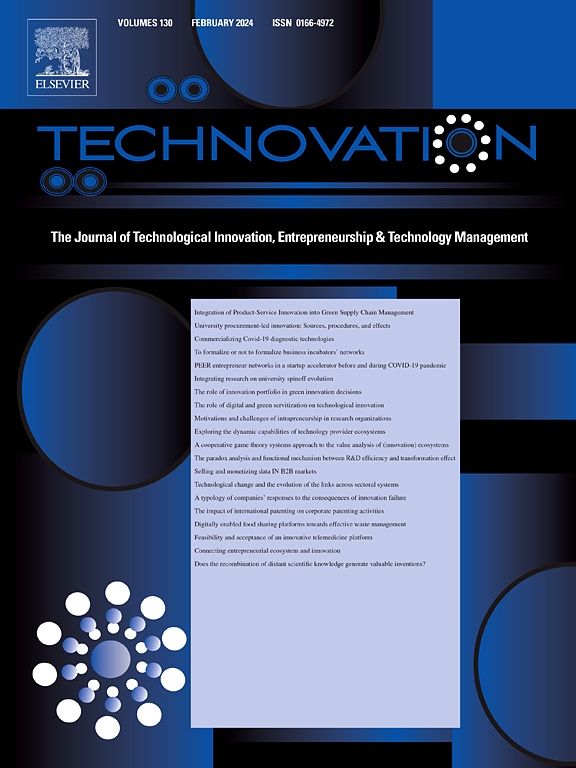Win–win or Lose–Lose? Dual logic, board factional faultlines, and ambidextrous innovation in state-owned enterprises
Abstract
Previous research has largely ignored the role of internal dynamics in filtering conflicting institutional demands facing state-owned enterprises (SOEs) and in generating innovation heterogeneity. This study examines the internal dynamics within SOE boards by focusing on how directors representing different institutional logics experience and manage conflicting institutional expectations in a shared decision-making process of ambidextrous innovation. Particularly, using Chinese SOEs as samples, we determine that when faultlines between factional subgroups of directors committed to state and market logic are activated, the balance of ambidextrous innovation will increase; however, the activated faultlines simultaneously lead to declines in exploratory and exploitative innovation. Furthermore, this negative effect on ambidextrous innovation is stronger for high-tech firms but weaker for firms with substantive board independence. We extend the research on SOE innovation, organizational hybridity, and the effects of group faultlines. Additionally, the findings yield practical insights into addressing the challenges of SOE hybridity.

 求助内容:
求助内容: 应助结果提醒方式:
应助结果提醒方式:


